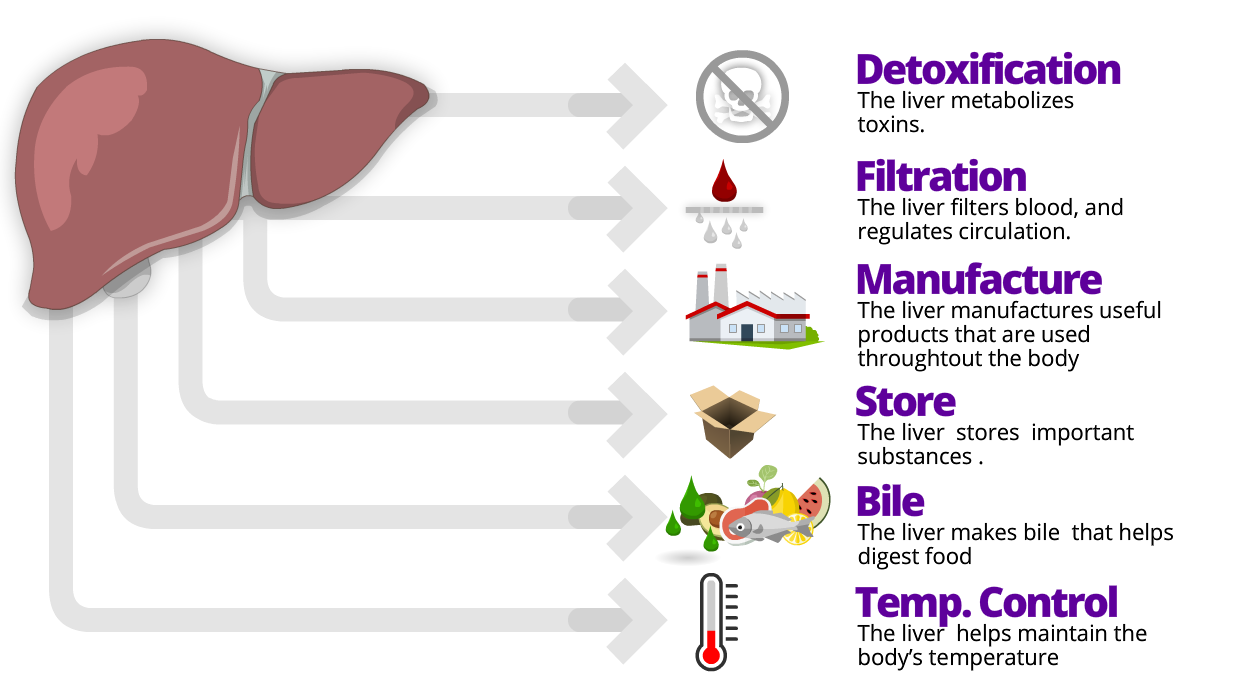There are many things that can cause damage to the liver, like too much alcohol or fat, and conditions related to genes and the immune system. When something damages the liver, scar tissue begins to form. This scarring is called fibrosis. When the entire liver is scarred, it shrinks and gets hard. This is called cirrhosis.
Any illness that damages the liver may lead to fibrosis and, eventually, cirrhosis.
A liver with cirrhosis can have a harder time getting all of it’s regular factory work done. This means it can have a trouble making important substances, like blood proteins. It also can have trouble storing what your body needs, like sugar and vitamins. It might not be able to remove all of the toxins and bacteria that your body doesn’t need. And, it can have trouble regulating things like blood clotting.

How is Cirrhosis Diagnosed?
If you suspect you have cirrhosis, make an appointment with your doctor or nurse practitioner.
They may examine you to look for signs of cirrhosis like red palms, small spider-like veins on your face or body and fluid buildup in your abdomen.
They might order blood tests. To learn more about tests related to cirrhosis, visit Lab Tests
Usually a scan (like ultrasound, CT, or MRI) will be done to see what your liver looks like. Another type of scan that measures the amount of stiffness in your liver (as the liver gets scarred, it gets stiffer), may also be done.
Some people might be asked to have a liver biopsy, although this is not as common.
References:
The information on this page was adapted (with permission) from the references below, by the Cirrhosis Care Alberta project team (physicians, nurse practitioners, registered nurses, registered dietitians, physiotherapists, pharmacists, and patient advisors).
This information is not intended to replace advice from your healthcare team. They know your medical situation best. Always follow your healthcare team’s advice.
References:


